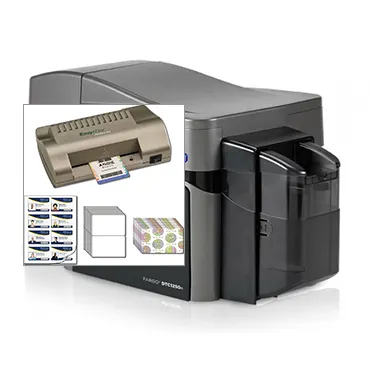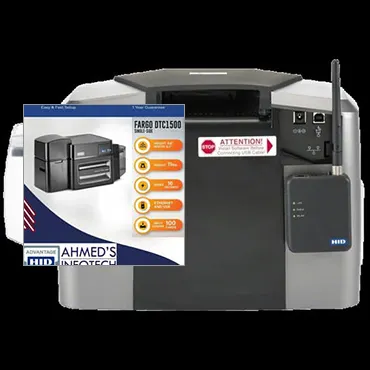Understanding Your Device: FAQs Card Printers Explained
FAQs Card Printers
Welcome to Plastic Card ID 's Guide on Plastic Card Printers

Plastic card printers are indispensable tools in today's fast-paced world, where efficiency and professionalism go hand in hand. At Plastic Card ID , we celebrate your curiosity and the desire for detailed information. We understand that when you're seeking out the best plastic card printing solutions, you have questions, and you deserve clear, transparent answers. That's why we've assembled an extensive FAQs section concerning plastic card printers that not only demonstrates our commitment to transparency but also empowers you, our esteemed customer.
Whether you're a small business owner looking to print loyalty cards, a corporation needing secure ID badges, or an organization aiming to produce event passes, knowledge about your card printing options is critical. We are here to guide you through the specifics, offering clarity on the most common queries. And of course, should you need personalized assistance, our experts are just a call away at 800.835.7919 .
Understanding the Basics of Plastic Card Printing

Plastic card printing may seem complex, but it doesn't have to be. With the right information, choosing a printer becomes significantly more straightforward. We start with the fundamentals, ensuring you know what a plastic card printer is and how it can serve your unique needs.
The card printing process involves digital printers that use either direct-to-card or retransfer methods to produce high-quality printed cards. These cards are typically made from PVC or composite materials and can be used for various purposes, including identification, access control, and payment transactions.
The Types of Plastic Card Printers
Before you dive into purchasing a printer, it's essential to understand the different types of printers available:
- Direct-to-Card Printers: These print directly onto the surface of the card and are a good balance of quality and cost-effectiveness.
- Retransfer Printers: These offer higher quality prints and the ability to print on uneven card surfaces or non-PVC cards, but typically come at a higher cost.
Key Features to Consider
When looking at plastic card printers, here are a few features to consider:
- Print Quality: Depending on your needs, you may require high-resolution printing for crisp, clear images and text.
- Volume Capacity: Evaluate how many cards you'll need to print at a time to choose a printer that can handle your workload.
- Security Options: Some printers offer advanced security features like holographic printing or watermarking for added card security.
Maintenance and Upkeep
Owning a printer also means maintaining it. We make sure you know what's involved in keeping your printer in top condition:
- Regular cleaning is essential to prevent dust and debris from affecting print quality.
- Software updates can enhance functionality and security.
- Replacing parts like the printhead or rollers to ensure longevity and consistent performance.
Choosing the Right Plastic Card Printer for Your Needs

Selecting a plastic card printer can seem daunting, but we're here to simplify the process. By understanding your specific needs, you can make an informed decision that aligns with your requirements.
Consider factors like the intended use of the cards, the desired quality, and your budget. Do you need a high volume of prints, or will you be printing cards occasionally? Are there any particular security features that are critical for your cards? Answering these questions is a fundamental step toward your ideal printer.
Previous Page

